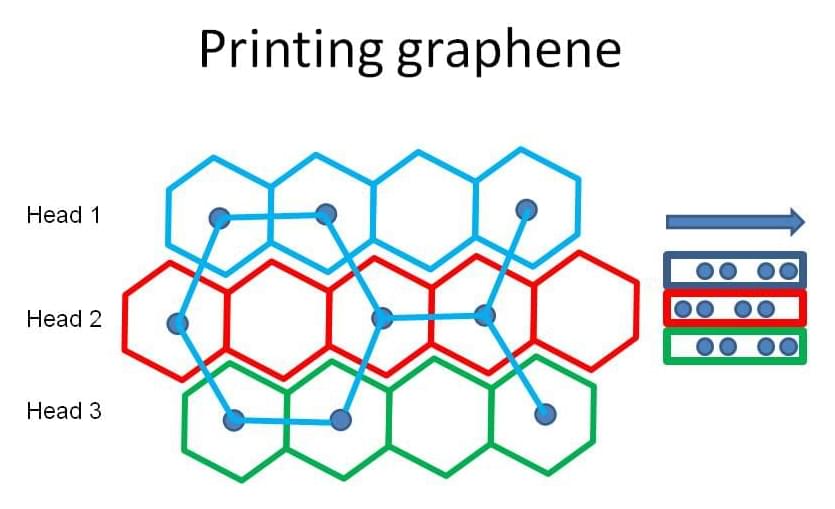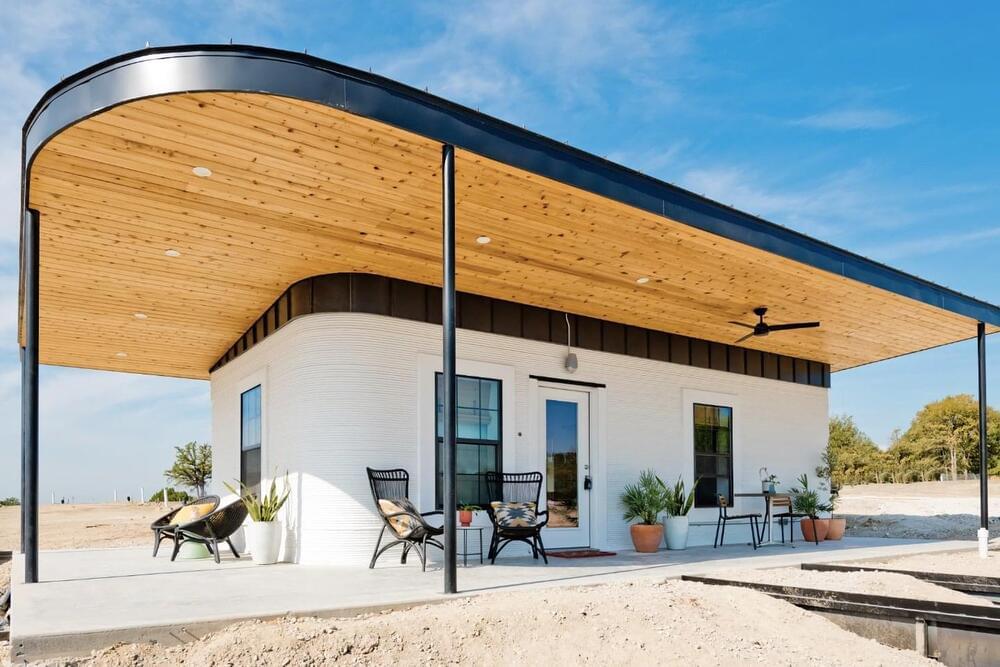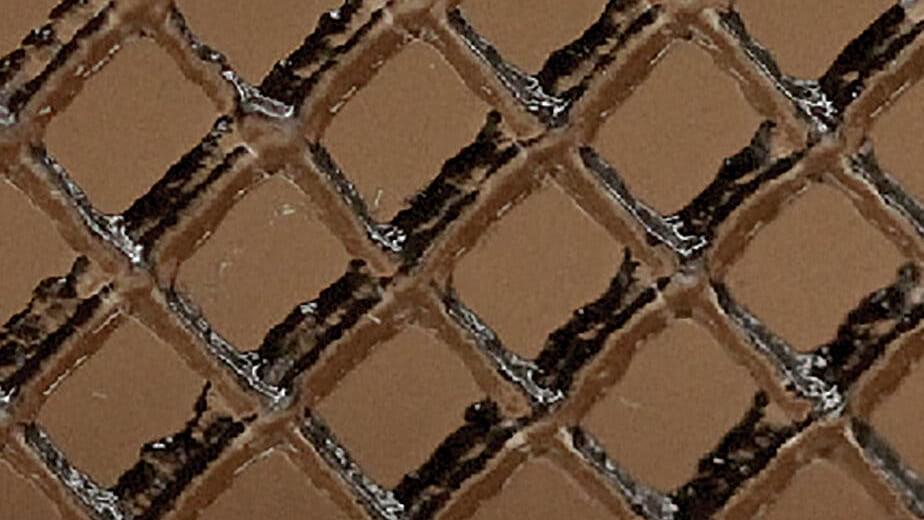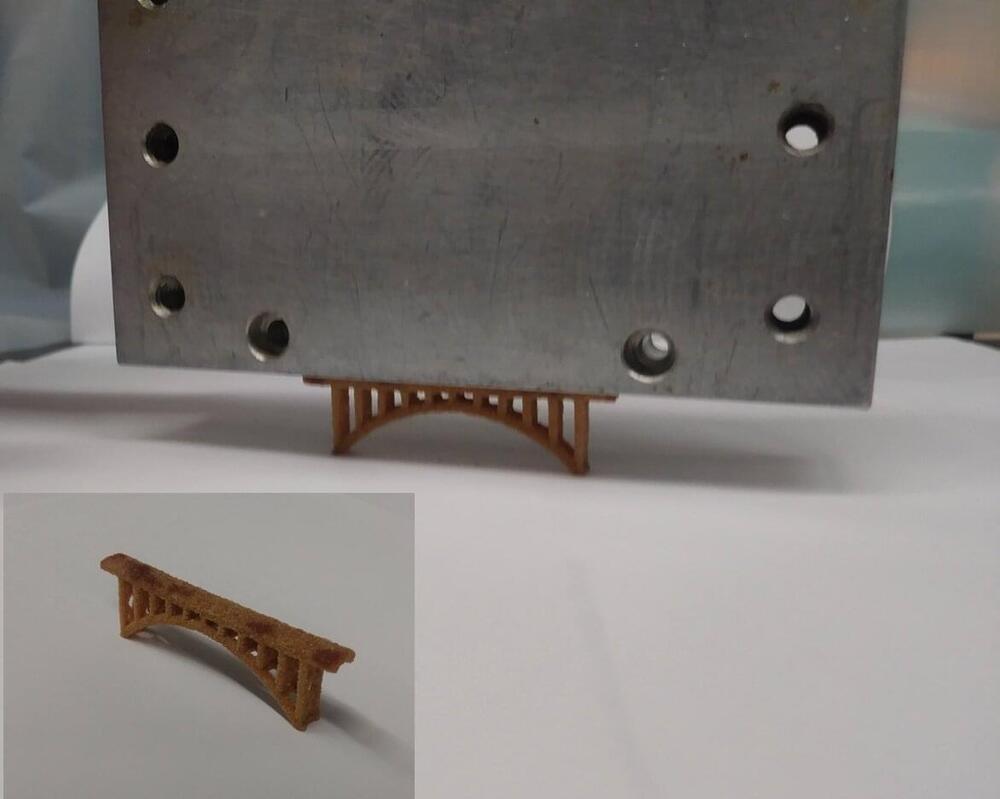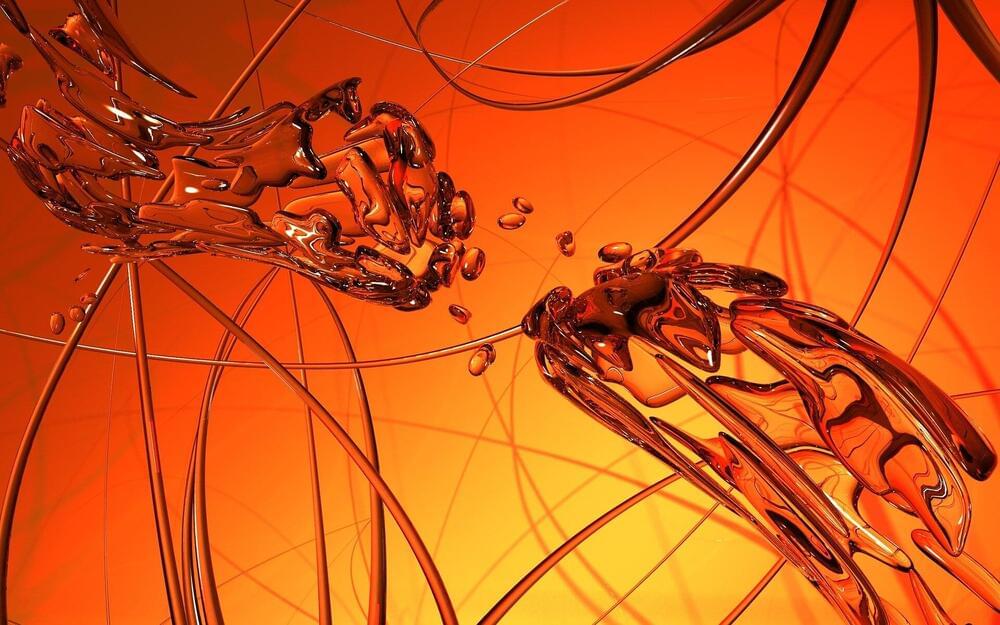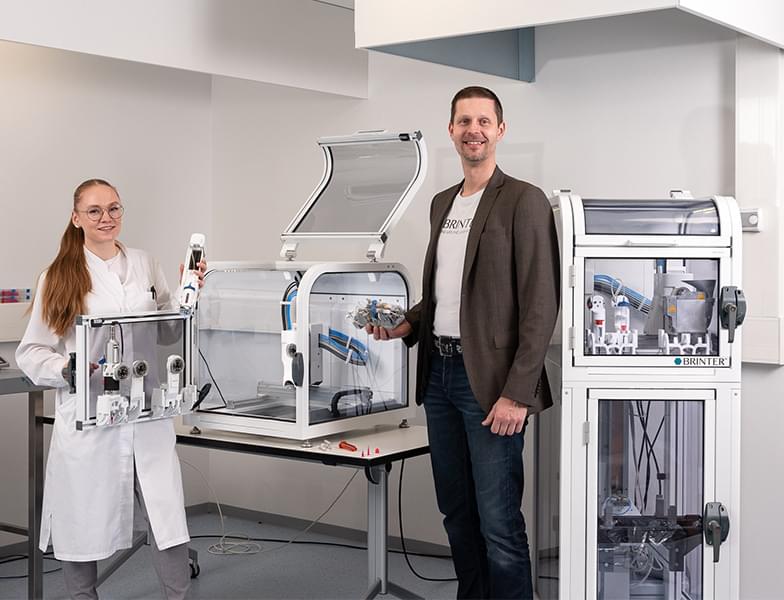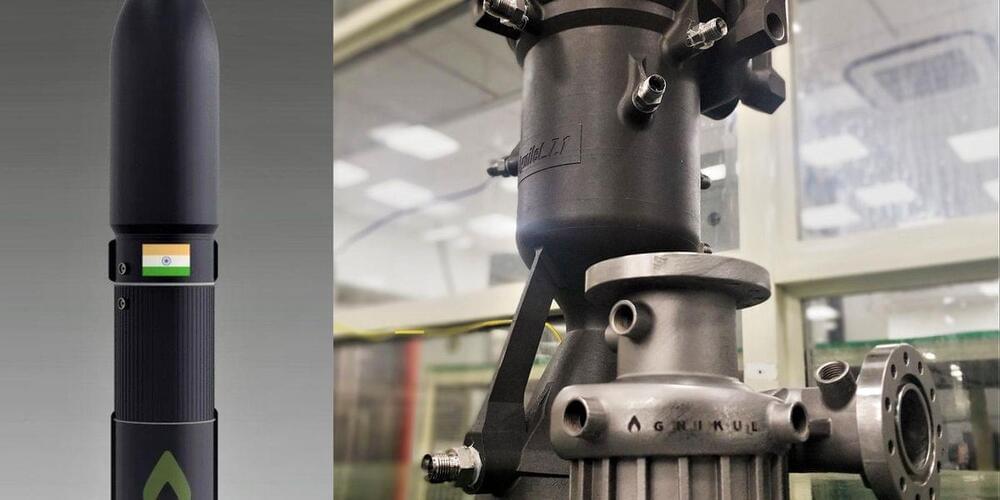Circa 2013 😳!
What would you do with a 600km high structure? That would be hundreds of times higher than the highest ever built so far. I think it is feasible. Here I will suggest super-light, super-strong building materials that can substitute for steel and concrete that can be grown up from the base using feasibly high pressures.
I recently proposed a biomimetic technique for printing graphene filaments to make carbon fur (- in this case, for my fictional carbon-obsessed super-heroine Carbon Girl. I am using the Carbon Trio as a nice fun way to illustrate a lot of genuine carbon-related concepts for both civil and military uses, since they could make a good story at some point. Don’t be put off by the fictional setting, the actual concepts are intended to be entirely feasible. Real science makes a better foundation for good science fiction. Anyway, this is the article on how to make carbon filaments, self-organised into fur, and hence her fur coat:)
http://carbondevices.com/2013/07/01/carbon-fur-biokleptic-warmth-and-protection/.
